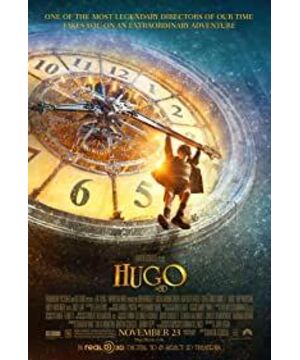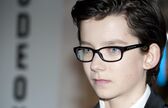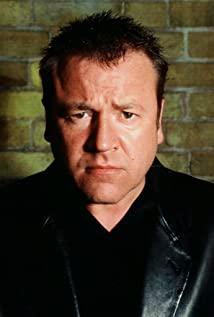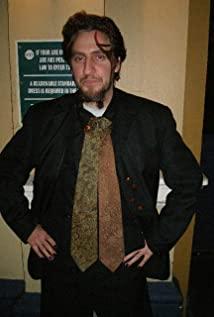Paris, France in the 1920s, in the eyes of many people, can be described as the most dreamy era. The Eiffel Tower looked at the peaceful and promiscuous Paris; Purpose” to rush forward; the silence of the Seine is to echo the surrounding classical buildings. The oil painting-like houses and streets make people have the impulse and throbbing of "traversing". A boy with ideals and enthusiasm staged a gratifying and nostalgic "dream" adventure in such a metropolis.
"Hugo" has highly eye-catching photography skills. The superimposition of the initial shots breeds a huge "urban machine" running against the clock, and the super-long push shots that follow are locked from far to near to the little boy's curiosity And careful eyes. Such a 3D effect can be imagined if it is immersive. The texture and temperament of the entire Paris station is also beautifully controlled by the audience from different perspectives in the high-dispatch seats. The fresh, comfortable and elegant style is warm and natural in the warm-colored setting. And the steel and bronze wares with interlaced metal gears are also clanging in the development of the story, which is fascinating. The soothing and comfortable organ "winding the beam" melts all the styles in a dreamlike Paris.
The director is well versed in the unique mood and texture of Paris. Such a dream intertwined background is missing a story to find a dream. The simple original intention of the little boy Hugo is a clue to pay tribute to and miss the great director Mei Liai. The film is not just a boy's adventure to find the lost "good", but also a nostalgic production of "movie" itself with many connections. As director Martin Scorsese said, the thematic tone he wanted to express was a connection. The connection of friendship, the connection of family affection, the connection between man and machine, the connection with Mémériere, the connection with the film itself, etc. But sometimes there can be a sense of logical failure to impose cause and effect.
Martin Scorsese's 3D test really made the visual control applaud. The artistic charm that "Hugo" wants to show is a kind of sincere greeting and respect to the film and even film workers, although this branch line is completed under the action of Hugo's refurbishment robot, but understanding the film Anyone who reads the original story can smell its commemorative significance and the film's ulterior motives. As for the movie, it is a kind of humanistic memory puzzle and a new search for the lost "beauty". The Hugo created by the young actor Asa Butterfield is the soul character in the play. Everything he has experienced is also a process of changing others and striving for happiness. This is a bit like "Angel Emily". The same fresh and warm. And the Paris created by the two films has similarities, dreamy Paris, warm Paris. At the same time, the night scene of Paris glimpsed through the clock also has the "Moulin Rouge" under the bright moon and sky, like waking up from a dream.
An important part of the film is a review and tribute to the great phenomenal master Georges Mérieux. He was the first to discover the charm of editing, he was the "magician" who applied the charm of theatrical sleep-talk sets to film, and he was a pioneer representative of the romantic style of cinema. And the most well-known "Journey to the Moon" in the film is an important introduction that promotes the suspenseful development of the film's plot. It is not only a tribute but also a part of the film "Hugo" that is full of sincerity. Naturally And smooth.
It's a story about children, with daring courage and virginal curiosity, but also a story about cinema, with deep nostalgia and sincere remembrance. It is not only a tribute to Mérieux, but also a gratitude and touch for the influence that the films of that era, and even the filmmakers, gave to people and the role of later generations.
View more about Hugo reviews











